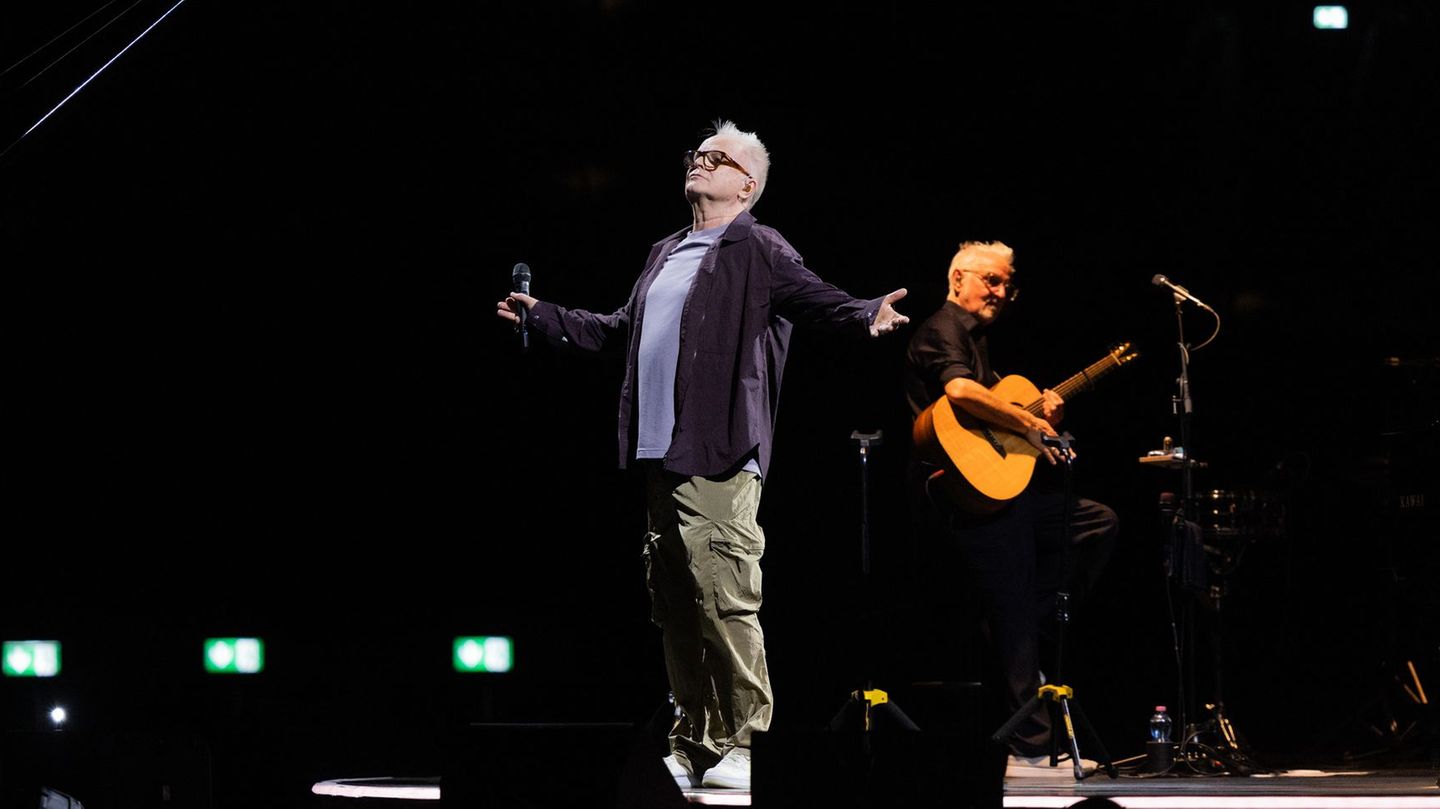Most customers buy a trekking bike and are disappointed when it doesn’t come uphill despite a powerful engine. This trick also turns your Pedelec into a mountain goat.
The most popular e-bikes are trekking bikes. With them and other pedelecs that are not designated mountain bikes, many riders can expect a nasty surprise. The wheels slack on a slope, even though the engine is actually strong enough. Everything goes well up to an incline of ten percent, but beyond that the support dies. The bike gets slower and slower, and the actually powerful motor helps less and less – until you have to get off and push.
Such inclines are rarely found on large country roads, but small access roads or dirt roads go up so steeply. Even in flat Hamburg, some driveways cannot be tackled in the saddle. We’ll show you how to get your Pedelec ready for steep inclines.
The engine runs out
But first: What is the reason for the decline in strength? The engine needs a certain number of revolutions to work at full power, otherwise it switches down. Mid-mounted engines are most common. Here that means: The pedals have to be stepped at a certain frequency so that the motor purrs. This often means that the bike has to be 12 km / h and faster even in the lowest gear. Not really a problem, but on steep inclines, muscle strength and motor power are not enough to reach this speed. The bike slows down, the engine then does even less. Starting on a slope is not possible at all. Only real mountain bikes are designed in such a way that the engine gives full power even with a few revolutions. In the lowlands this is noticeable with a sometimes brutal leap forward at the start.
No illegal tuning
You must not and cannot intervene in the control of the motor. Still, normal Make it fit for the mountains, at least when a mid-engine is installed. A hub motor is directly linked to the rotation of the wheel, nothing can be changed here for the layman. The trick outlined below optimizes the way in which the engine delivers its power. But it’s not tuning. The respective torque and the continuous output of the motor are not increased. With 250 watts of motor power, you have to help out when you want the bike to go up. In addition, the geometry of the wheel is not changed. Anyone who has set up their bike in such a way that it sits comfortably on a padded saddle and only loosely grips the handlebars has to get used to inclines. He then has to bend forward sharply to put weight on the front wheel.
With the mid-engine, you can intervene in the gear ratios between the drive and the tires: the smallest possible pinion must be used at the front of the engine and the largest possible at the rear. In principle, this is also possible with a hub gear, a derailleur is better.
Change the sprocket and cassette
In many Bosch motors, the smallest pinion has 14 teeth. If you replace a 20 tooth sprocket with a 14 tooth, you gain 30 percent. If the old pinion had 18 teeth, you are at least 22 percent. Here you have the strongest leverage. There are numerous instruction videos for changing. If you want to do the work yourself, you will need a ratchet box and a set of Allen keys for normal hand tools, but you also need special tools. Tools for bicycles and a tool for the engine. The crank on the pinion side is dismantled with a crank puller. For the pinion you need a spider, also known as a “lockring tool”, the spider must match the respective motor.
Special tools are required
In many cases, simply replacing the pinion should be enough. If you want to pedal up the mountain even more easily, you have to replace the rear sprocket on the hub gears or the cassette in the case of a derailleur. In contrast to the motor, it is now important to have a pinion with as many teeth as possible in the cassette. Example: 10x cassette.
A modern trekking bike usually has a 10-speed cassette installed. The largest sprocket has 32 or 34 teeth. You can exchange this for a cassette with 40 or even 42 teeth. You can change the translation by another 20 percent. If you want to do the conversion yourself, you’ll need a chain whip and lockring tool. Cartridges can become very tight, so both tools must be of good quality. If you go to 42 teeth, it can happen that the old chain is too short and also needs to be replaced.
What’s the point?
Let’s do the math. If there were originally 20 teeth in the front and 32 teeth in the back, the bike would have covered approximately 137 centimeters with one pedal rotation. Replacing the front sprocket alone means that the wheel only had to move 100 centimeters ahead. If a cassette with a 42 pinion is also installed at the rear, it is only 73 centimeters.
What does that mean: If the motor support previously died at 12 km / h, the result is now 8.7 km / h or even only 6.4 km / h when both sprockets are exchanged.
And you need that too, on a 14 percent incline your muscles have to put 100 watts on the pedals, so that you and the motor (250 watts) can reach 7.5 km / h. This is still realistic for an unsportsmanlike cyclist, on the flat you would reach around 19 km / h with 100 watts and without an electric motor.
So you can drive very slowly and economically and still have full support from the motor. The motor is not damaged by this, because only the external gear ratio is changed, internally the motor turns just as fast as before. In individual cases it can happen that the motor does not accept the translation and issues error messages. Then the software must be adapted by the specialist workshop. Incidentally, this change is absolutely legal. Your bike will not go faster after that, and nothing will change in terms of the regulation at 25 km / h.
Costs and capabilities
The cost of the conversion is manageable (pinion 10 euros, lockring tool 10 euros, cassette from 40 euros) if bicycle tools are available. The tool is reusable, but the crank extractor and the set for changing the cassette cost around 70 euros together. Anyone who has ever carried out real repairs on the bike, such as changing the pedal arms, replacing the crank bearing or the cassette, can easily do this conversion. We performed the operation on vacation with partly improvised tools on a Kalkhoff Entice, the whole thing took less than 45 minutes. Someone who can’t even adjust their gears should stay away from it.
Note: All information about power and speed are estimates that vary depending on the rider and bike.
David William is a talented author who has made a name for himself in the world of writing. He is a professional author who writes on a wide range of topics, from general interest to opinion news. David is currently working as a writer at 24 hours worlds where he brings his unique perspective and in-depth research to his articles, making them both informative and engaging.




